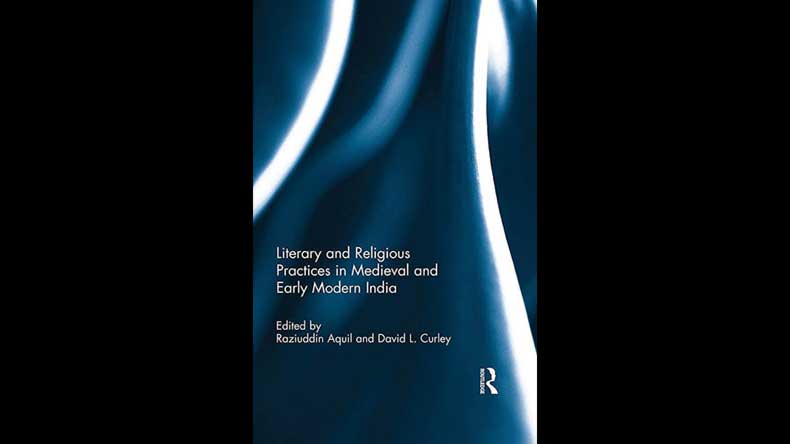This writer has recently co-edited a collection of essays with Professor David Curley of Western Washington University, offering historical analysis of religious and literary practices in medieval and early modern India. The authors of individual essays explore contexts which made it possible for texts to be created, to be circulated, and to shape beliefs, sentiments, and institutions. This is an important area of study that requires constant research, but, unfortunately, historians are reluctant to work and peddlers of faith are masquerading as historians.
However, outside of academic history departments, in the fields of literary studies and history of religion, many fine works have been produced on both religious and secular literature. These researches have analysed scriptures in classical and vernacular languages. They have also dealt with literature belonging to each of the major religious traditions, as well as treatises claimed by several religions at once, besides looking at narratives that maintained a strict independence from all accepted orthodoxies and secular tomes claimed by no religion. Perhaps what historians can best contribute to the discussion of literary texts is rigorous criticism of the contexts in which they were produced, careful comparison of compositions whose contextual relations have escaped notice, and close attention to changing situations for the production, reception, and institutionalization of genres over time.
The essays in this volume, covering literary and religious practices in medieval and early modern India, deal with the composition and reception of symbolic representations, and with social practices in literature and religion. In them, there are many opportunities to think about writing practices and literary genres in relation to religious boundaries and identities, whether multiple, dual or exclusive. Some of the genres explored are letters, hagiographies, translations or transcreations of sacred texts, and ballads. All of them depended on an archive of other texts and memories, and all tried to maintain and reshape public memories. All of them used configurative devices—symbols and dreams, story, plot and character, parable, and affective and memorable verse, for example—to construct ideas and sentiments that defined religious identities and supported action in their defence.
There is a need to think particularly about genres of vernacular and academic history in relation to religion. Domains of religion and literature frequently overlapped in the practice of writing vernacular histories in India. Vernacular genres of history perhaps can be placed on a scale that ranges from the factual to the artfully arranged. Religious as well as secular or political purposes led to the formation of archives of memory and the choice of vernacular genres, deploying literary devices to shape narratives and create emotional bonds in their audience.
Thus, writing practices in the context of religious identities and boundaries include: compilation of hagiography in the Prannathi Sampraday and assertion of identity through attempts to obtain political support, even as Prannath and his followers tried to identify themselves as Muslims; the use of religious history in boundary-markers and identity defence while encouraging Hindu disciples by a 20th-century Indian Sufi teacher; boundary maintenance and redefinition across a wide variety of genres, from hagiographies to translation and construction of a uniform or common lexicon by Mughal prince Dara Shukoh—validating ideas and practices that were shared across religious spectrum; defence and criticism of Sufis and Sufi practice of what was seemingly a homoerotic fascination, in a variety of rhetorical modes—story and parable, appeals to personal experience, logical argument, and citation of religious authorities.
Further, vernacular genres could be used as sources for contemporary history: for instance, how Assamese historians invoked feelings of emotional connect created by vernacular religious literature to rewrite the bare account in chronicles of a heroic woman Jayamati’s suffering, placing the story in a wider context of Indian myths, as well as in the context of the familiar sentiments of Assamese Vaishnavism; how Eastern Bengal ballads changed when they portrayed religious identities in stories about marriages across Hindu-Muslim divide in a period of intense political competition and religious nationalism; and how an account of a Hindu disciple of a medieval Sufi saint was rewritten in a factual but religiously motivated history to provide instruction for 20th-century followers of Sufi-oriented Islam.
The contributions as a whole address present-day concerns and tensions between professional-academic history writing and faith-based accounts and narratives deployed in identity-politics and ideological contestations. In all such cases, mature politics demands that the governing principles of a self-assured and stable sovereign state should be privileged over sectarian pressures and threats of communal violence.
(Based on Literary and Historical Practices in Medieval and Early Modern India, co-edited by Raziuddin Aquil and David Curley, Manohar and Routledge, Delhi/London, 2016).

